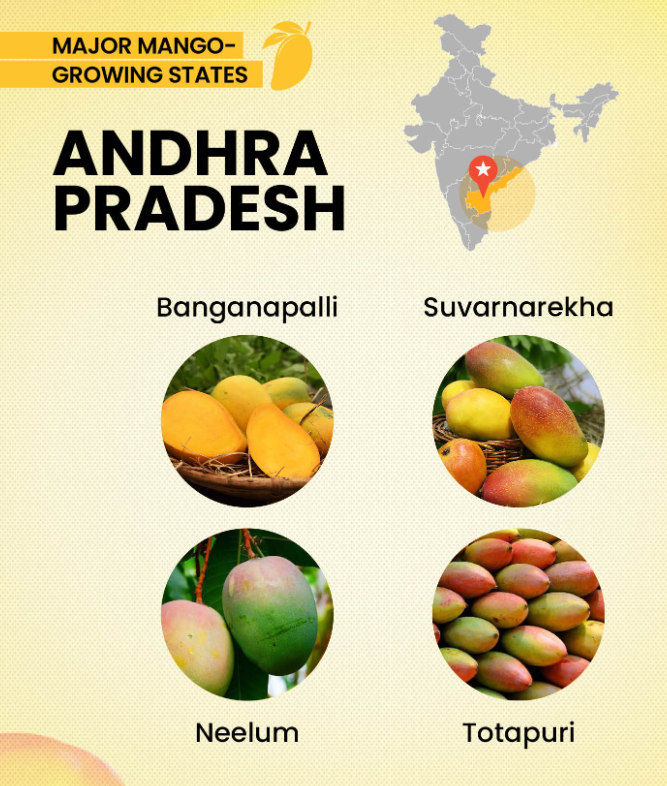CBI will issue a Blue Corner notice of Interpol against Prajwal Revanna. He fled to Germany on a diplomatic passport after allegations of sexual abuse.
What is Blue Corner notice?
Will a Blue Corner notice bring Prajwal Revanna back?
Blue Corner notice is a part of Interpol colour-coded notices. Blue Corner notice enable countries to share alerts and information on wanted persons.
What is Blue Corner notice?
Will a Blue Corner notice bring Prajwal Revanna back?
Blue Corner notice is a part of Interpol colour-coded notices. Blue Corner notice enable countries to share alerts and information on wanted persons.

Colour-coded notices of Interpol
There are seven types of notices —
Red Notice
Yellow Notice
Blue Notice
Black Notice
Green Notice
Orange Notice
Purple Notice.
Each Notice has a different implication.
Red Notice: To seek the location and arrest of persons wanted for prosecution or to serve a sentence.
Yellow Notice: To help locate missing persons, often minors, or to help identify persons who are unable to identify themselves.
There are seven types of notices —
Red Notice
Yellow Notice
Blue Notice
Black Notice
Green Notice
Orange Notice
Purple Notice.
Each Notice has a different implication.
Red Notice: To seek the location and arrest of persons wanted for prosecution or to serve a sentence.
Yellow Notice: To help locate missing persons, often minors, or to help identify persons who are unable to identify themselves.
Blue Notice: To collect additional information about a person’s identity, location or activities in relation to a criminal investigation.
Black Notice: To seek information on unidentified bodies.
Green Notice: To provide warning about a person’s criminal activities, where the person is considered to be a possible threat to public safety.
Orange Notice: To warn of an event, a person, an object or a process representing a serious and imminent threat to public safety.
Purple Notice: To seek or provide information on modus operandi, objects, devices and concealment methods used by criminals.
Black Notice: To seek information on unidentified bodies.
Green Notice: To provide warning about a person’s criminal activities, where the person is considered to be a possible threat to public safety.
Orange Notice: To warn of an event, a person, an object or a process representing a serious and imminent threat to public safety.
Purple Notice: To seek or provide information on modus operandi, objects, devices and concealment methods used by criminals.
These notices are issued by the Interpol’s General Secretariat at the request of member country.
Interpol headquarter is in Lyon, France.
Interpol headquarter is in Lyon, France.
Will a Blue Corner notice bring Prajwal Revanna back?
At this point of time, Blue notice of Interpol will only help in further investigation.
Blue notice will help in -
To verify the identity of Revanna
To obtain his criminal record
To locate him
Generally speaking, Blue notices are issued prior to the filing of criminal charges.
But Red notice request the arrest of a fugitive.
I dont think Blue Corner notice will bring Prajwal Revanna back.
And all Interpol notices are not binding on the member state. That is, Interpol itself cannot force a particular country to take action on a particular notice.
At this point of time, Blue notice of Interpol will only help in further investigation.
Blue notice will help in -
To verify the identity of Revanna
To obtain his criminal record
To locate him
Generally speaking, Blue notices are issued prior to the filing of criminal charges.
But Red notice request the arrest of a fugitive.
I dont think Blue Corner notice will bring Prajwal Revanna back.
And all Interpol notices are not binding on the member state. That is, Interpol itself cannot force a particular country to take action on a particular notice.
• • •
Missing some Tweet in this thread? You can try to
force a refresh


















